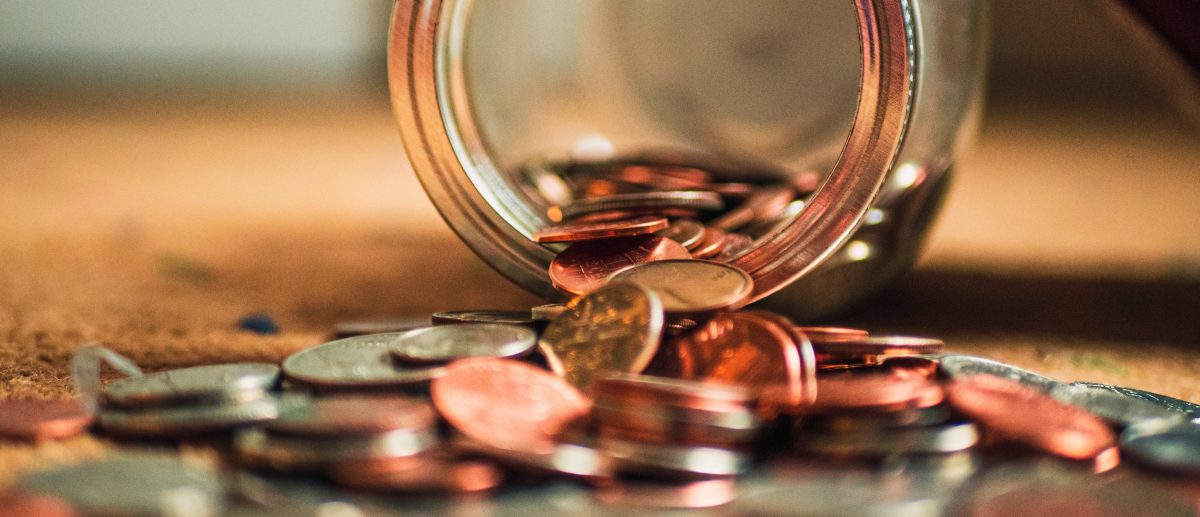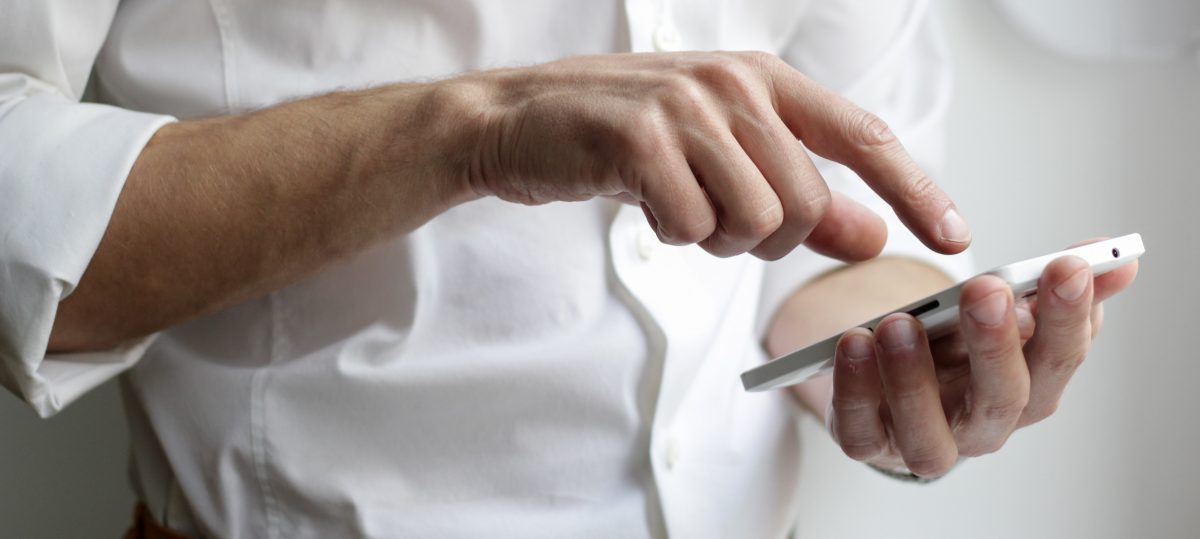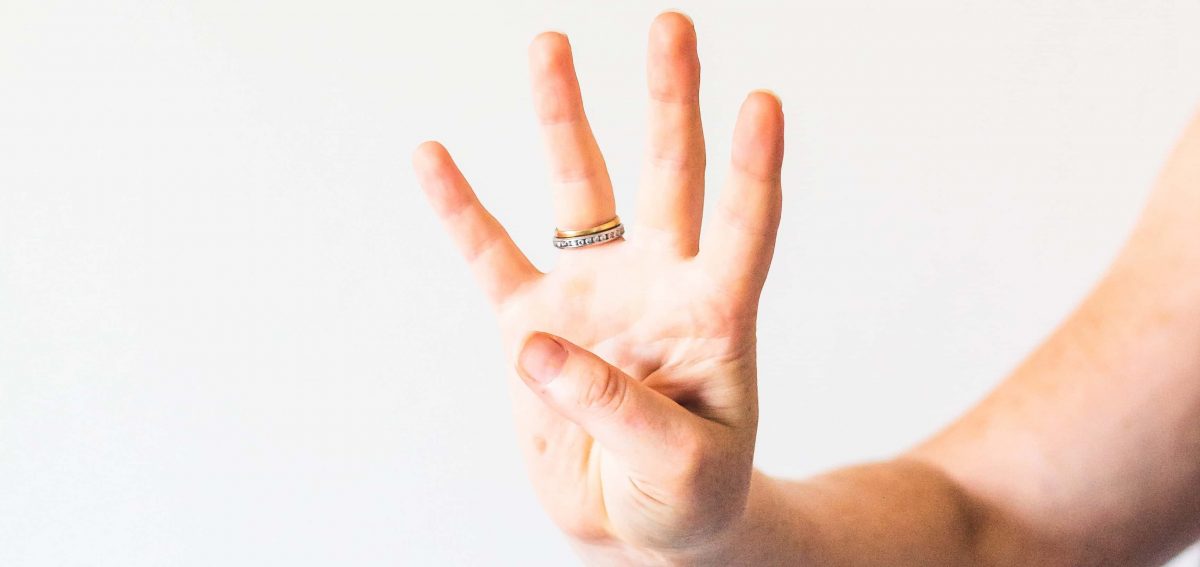One of the biggest differences between a business and a hobby is that a business must make money. So if your question is "Can you make money from an app?". The answer is YES. And that’s exactly what we’re gonna talk about. Money.
So how do apps make money? Actually, there are quite a few ways to do that.
First of all, we can divide all monetization methods into 2 major groups. Apps that are free to download and apps that cost a certain amount to download.
Paid apps
When the app has a cost associated with the download in 99% of the cases that would be its only monetization. So the way that kind of apps makes money is simply charging people to download the app. Usually, it’s not a good idea to charge for additional in-app content if the user already paid to download the app for two reasons:
- In-app content must have an extraordinary value or a good reason for the price tag for users to be willing to spend additional money.
- For example, the first application I have created, LSAT Triangle, was paid and it also charged users to obtain tests inside the app. However, those tests were officially licensed tests from Law School Admission Council and they actually charged a license fee per test. So there was simply no way to provide it for free.
- If the content does not have an apparent value then you are risking making your users angry which can lead to them leaving bad reviews. Too many of those and your app sink to the bottom of the app ocean.
Free apps
On the other hand, if the app is free there are a large variety of ways that can be used for monetization. Those options include:
- Ads and sponsorships
- Consumable & Non-Consumable in-app purchases
- Subscriptions
- Physical goods & services
Let’s go through each one of them.
Ads & Sponsorships
First up are ads and sponsorships. In order to make money with an app through ads & sponsors, you need to have a lot of users that can match the target audience of another company. The amount you can earn with this method depends on how well defined your audience is and your preferred sales strategy.
An easy option would be to connect to a mobile ad platform such as Admob. In this case, all you need to do is install their SDK onto your app and then Admob themselves will select which ads to show and how much you can earn per click. Usually, it will be no more than 30 cents per click. And you can expect that roughly 1 in 1,000 people would actually click. So if you have 1,000 daily active users you can expect to get 30 cents per day. As you can see with this method it’d quite important to have a user base in millions in order to become the next Scrooge McDuck.
However, if you have a very targeted well-defined user base then you might want to opt into finding a sponsor. For example, if your app focuses on preparing students to take the Law School Admission Test then you have a very well defined targeted group of people. In this case, you might want to reach out to preparation and tutoring companies or even law schools themselves for them to sponsor your app. In this case, you can negotiate a deal with them in which you will be paid a certain monthly fee and in exchange, you will show their ad screen or logo in the app.
Another interesting variation of sponsorships is a featured profile. If your app has different types of users and one of them is advertising or selling their services or products then you can go to the featured route. For example, if your app helps users find the best restaurant near them you can make it possible for restaurants to feature their profiles. They will pay a certain fee and in exchange, you can either highlight their profile or put it first in the search results.
Consumable & Non-consumable In-App Purchases

Generally speaking, all digital purchases can be divided into two types: consumable and non-consumable.
Consumables are, as the name suggests, those that you consume after you buy. In order to get the benefit again, you need to buy them again. For example, some game apps make money by offering additional coins for sale. In this case, you pay a fee for, for example, 100 coins. Once you spend them – they disappear. In order to get 100 coins again, you will need to earn them inside the app or just pay for them again.
On the other hand, non-consumable in-app purchases are those that once bought stay with you forever. This can often be seen with apps that have a trial and a full version. For example, by default, a certain photo editing app can have 5 filters. But if you unlock the full version it will have 20 filters and other options to edit photos. Or perhaps, your fitness app provides a database of 300 exercises. But exercises on their own are not as effective as a full workout that has a number of those exercises planned together in order to target certain muscle groups. So in this app, you can make it possible for users to unlock those workouts, in addition, to exercise by paying a certain amount of money. Just like with photo filters, here once the upgrade is unlocked it will stay with the user forever.
Subscriptions

One of the monetization methods that is really becoming more and more popular in recent years is a subscription. And it makes sense. Getting paid each month feels much better than getting paid just once.
The premise of the subscription model is fairly straightforward: you pay a certain recurring amount of money each week, month, or year. However, oftentimes this model also has a free trial. So it allows users to get hooked onto benefits by giving them a taste for free but then charges them to continue experiencing the benefits.
Only a couple of years ago this model was common among streaming services only. Services such as Spotify, Netflix, and others. Today though, almost all types of apps are trying to get on board the subscription model. Dating apps charge a subscription to provide you with better matches, fitness apps subscribe to you to store your workout history, even chess apps can now sign you up for a subscription if you want to learn chess and go through more lessons.
Physical goods & services
Lastly, your app can be a storefront for services and products. Think about Uber. Uber is not following any of the monetization options we’ve outlined above, right? Instead, the way they make money is they charge a commission each time you pay your driver for the trip. Similarly, Amazon doesn’t follow most of the models above. Instead, they charge a certain commission fee each time you buy a product from a vendor.
One of the best things about this monetization model is that you don’t pay a separate fee to Apple or Google because you’re not selling digital content.




